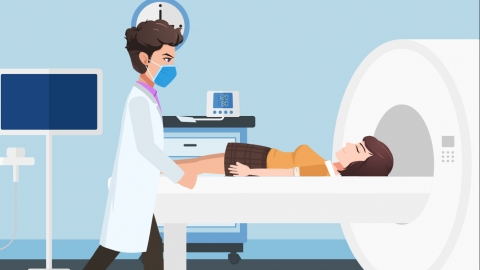Can insufficient blood supply to the brain be detected?
Cerebral hypoperfusion can usually be detected through relevant medical examinations to determine if one is affected. If experiencing any discomfort, it is recommended to seek medical attention promptly.

Cerebral hypoperfusion may be caused by factors such as cerebral vascular stenosis or cerebral arteriosclerosis, leading to insufficient blood supply to the brain. A series of medical tests, including brain CT scans, magnetic resonance imaging (MRI), transcranial color-coded Doppler ultrasonography, and cerebral angiography, can be used to observe the structure of cerebral vessels, blood flow velocity, and degree of vascular stenosis, thereby determining whether cerebral hypoperfusion exists. Additionally, blood tests measuring indicators such as blood glucose, lipid levels, and blood viscosity can also provide reference information for diagnosing cerebral hypoperfusion.
In some cases, cerebral hypoperfusion may not be obvious or may be in its early stages. In such situations, an accurate diagnosis may require a combination of clinical symptoms, patient history, and other auxiliary tests. For example, mild cerebral hypoperfusion may not be easily detected through routine imaging studies and may require prolonged monitoring or special functional tests, such as electroencephalography (EEG) or cognitive function testing, for further evaluation.
In daily life, it is recommended to maintain a healthy and light diet, ensure adequate rest, and avoid strenuous exercise to prevent adverse effects on overall health.




